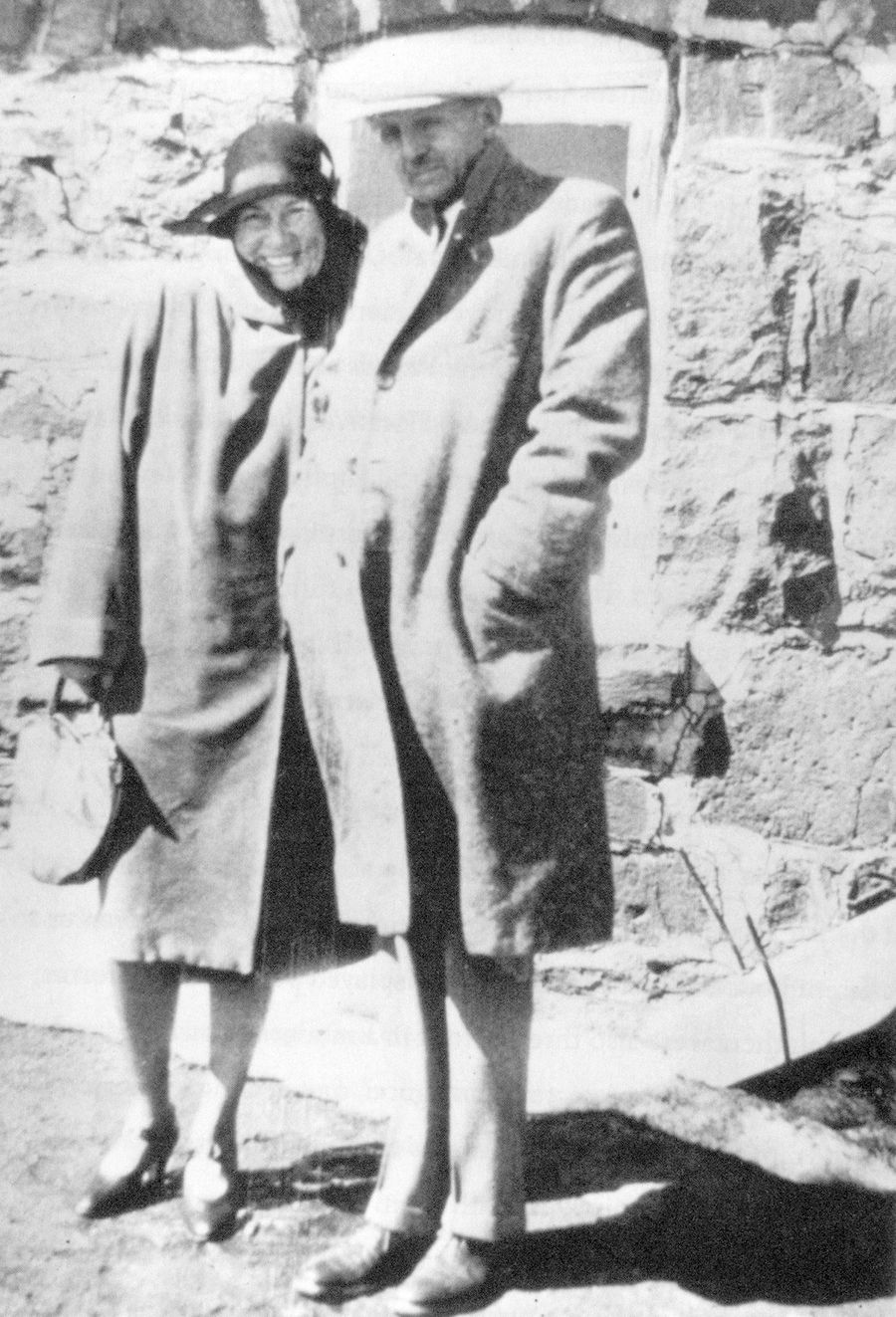Hart Wood (1880-1957), a noted architect of Hawaii’s Territorial years of 1898 to 1959 — which is considered the “Golden Age” of Hawaiian architecture — was renowned for his distinctive “Hawaiian Style” architectural designs that incorporated elements reflective of Hawaii’s unique multicultural society.
For example, Wood artfully utilized Asian, Hawaiian and Western motifs, employed locally available materials such as lava rock, where appropriate, and even took into consideration the direction of Hawaii’s predominately northeast trade winds in his designs.
Among the prominent buildings Wood designed in Honolulu are the First Church of Christ Scientist (1923), the Gumps Building (1929) and the Chinese Christian Church (1929).
Many of Oahu’s exclusive private residences are also products of Wood’s creativity.
He co-designed a number of buildings in Honolulu with architect Charles W. Dickey as well — notably the Alexander & Baldwin Building (1929) — and worked in collaboration with several Honolulu architects to design Honolulu Hale (1927).
In addition, he was awarded contracts for building designs on Kauai, Molokai, Maui, Lanai and the Big Island.
On Kauai in 1921, he restored the Waioli Mission Hall, built in 1841, and the neighboring Waioli Mission House, constructed in 1837, which had once been the home of American Protestant missionaries Abner and Lucy Wilcox.
Another of Wood’s Kauai designs, the Wilcox Memorial Parish Hall in Pua Loke (1922), features a local lava rock bell tower.
He also designed the adjacent Lihue United Church (1951).
The Albert Spencer Wilcox Memorial Library Building (1924), housing the Kauai Museum since 1970, combines rustic materials in classical fashion.
Nearby, the Territorial Office Building, commonly known as the Kauai County Annex (1930), is likewise a product of Wood’s design.
At Waimea and Kekaha, Wood designed the Waimea Community Center (1933) and houses for the Waimea Plantation doctor and Kekaha Plantation skilled workers (1934).
Highlights of Wood’s Sloggett Beach House on Hanalei Bay (1930) are steep gables and an inset, ocean-facing lanai.


